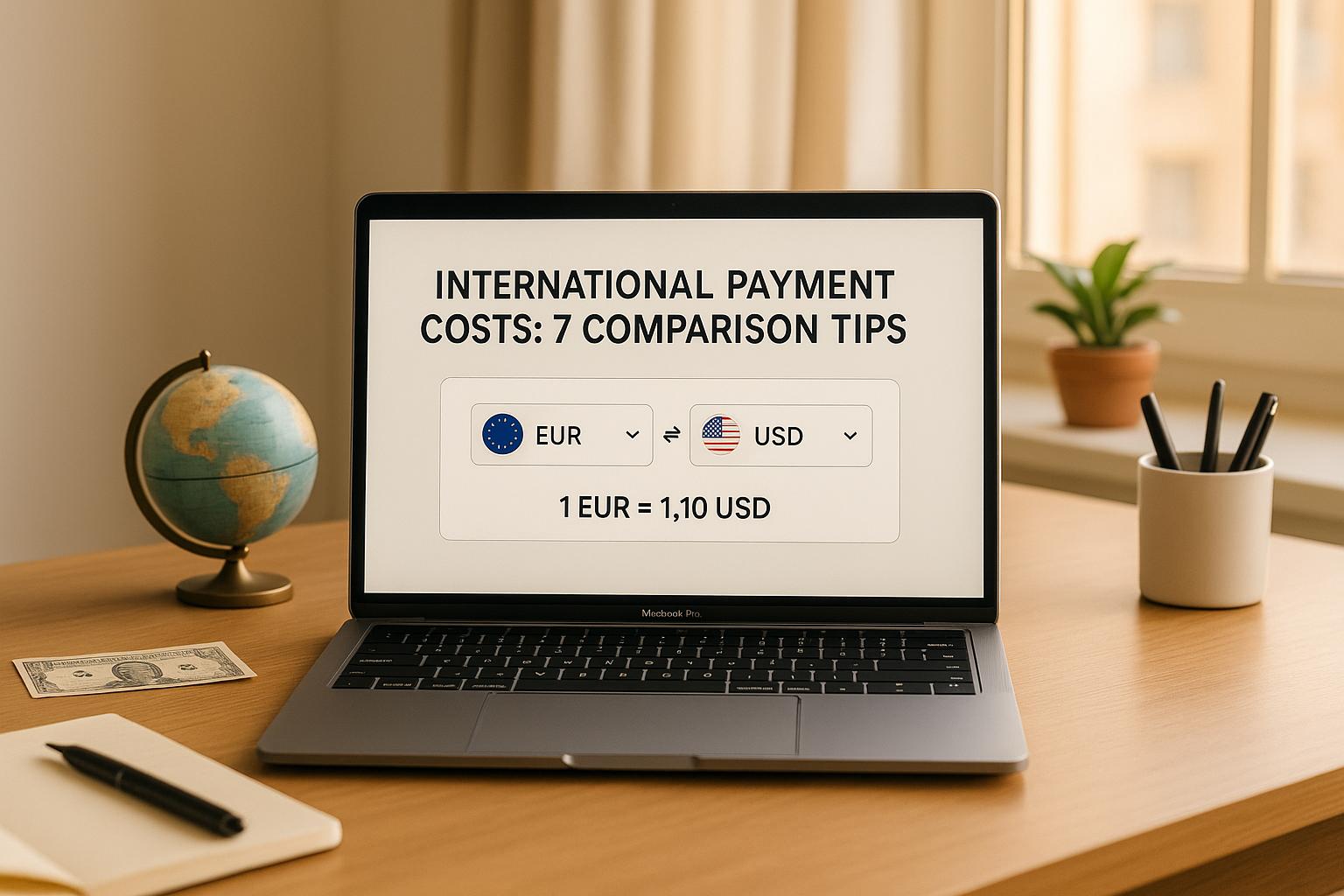The foreign exchange (FX) market is the largest and most liquid in the world, with players from banks, investors, hedge funds, governments, and companies all buying and selling currencies around the clock.
Like most financial markets, the FX market is awash with complexity, strange terminology, and unique practices and customs.
In this short guide, we give you only the need-to-know basics for a company trading internationally.
A few definitions
- Spot: A trade for immediate settlement (usually two days)
- Forward: A trade for future settlement
- Bid price: The rate the price-maker will buy the base currency at
- Ask price: The rate the price-maker will sell the base currency at
- Mid price: The rate in the middle of the Bid and Ask rates
- Spread: The difference between the Bid and Ask prices
- Pip: The smallest unit of price change, usually the fourth decimal
- Value date: Settlement date of a spot or forward contract
- Limit order: An order to target a more favourable exchange rate
- Initial margin: Collateral (around 5%) to enter a forward contract
- Margin call: Demand for more collateral against a contract(s)
We could go on all day with these definitions but, those are the essentials!
Exchange Rates & Currency Pairs
A currency's value is always considered in relation to another currency in what is known as a 'currency pair'.
For example, GBP/USD is the pound's value in US dollars.
- 'GBP' is the base currency, so we're looking at £1 = how many dollars
- 'USD' is the quote currency, AKA counter currency
What am I paying for currency?
Banks and brokers mark up their exchange rates to make money, just like any other business will mark up their products.
You can calculate the cost of your currency conversions using our free tool on our homepage, or you can do it for yourself...
- If you are selling the base currency, your exchange rate will be lower than the interbank rate. E.g. You are selling GBP to buy USD; the interbank rate is $1.2500 and your rate is $1.2375. This means your cost is 0.0125, or 125 pips, or 1%
- If you are buying the base currency, your exchange rate will be higher than the interbank rate. E.g. You are buying GBP and selling USD; the interbank rate is $1.2500 and your rate is $1.2625. This means your cost is 0.0125, or 125 pips, or 1%
The maths would look like this:
- You sell £100,000 at $1.2375, buying $123,750. The bank or broker traded at $1.2500, buying $125,000 in the market for the £100,000 you will sell to them, meaning their profit is $1,250 (equalling £1,000, or 1%).
Do you need help with your foreign exchange?
mycurrencycost.com is not a broker or a payments provider but, we can help you to get a better deal and to take control of your currency management.
Our free-to-use currency calculator tool will give you the information you need to control your currency costs, and if you reach out to our team, we can recommend a service provider to meet your needs.
Just email us at hello@mycurrencycost.com and we'll be happy to help.


